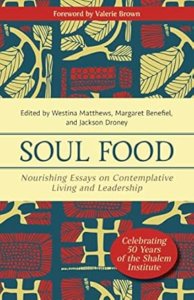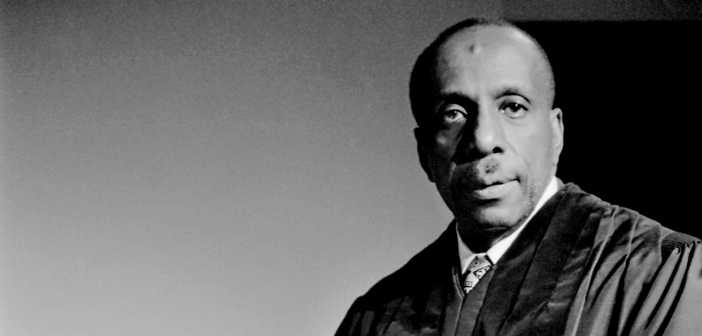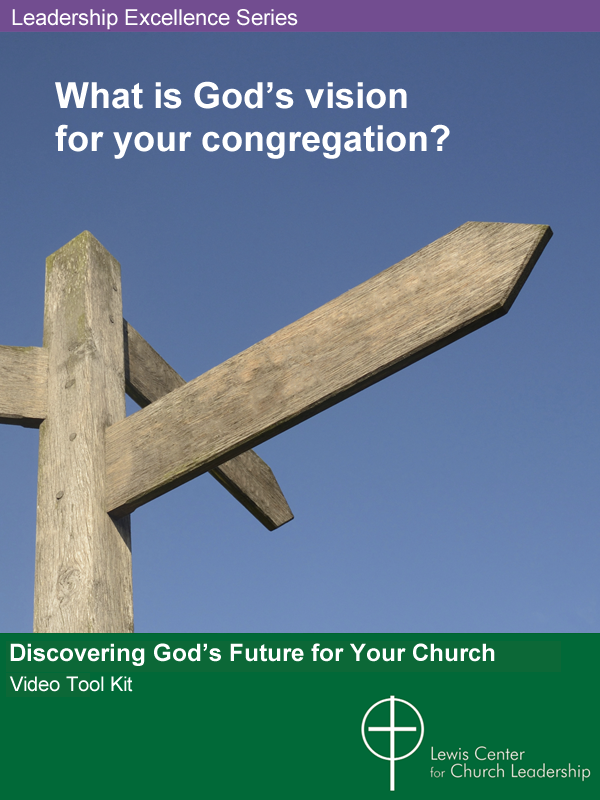Lerita Coleman Brown shares how the life and teachings of Howard Thurman are a prototype for contemplative living and leadership. She explains how Thurman’s prophetic, mystical spirituality was a lever for activism and social change.
How is a contemplative leader different from other leaders? The life and teachings of Howard Thurman (1899-1981), the great mystic, theologian, modern-day shaman, sacred activist, and contemplative leader are a protype for contemplative living and leadership.
Despite being admonished by black religious leaders for studying and writing about lofty matters such as mysticism rather than liberating topics, Howard Thurman utilized mysticism to blaze an extraordinary trail toward social change. He saw mysticism as another form of religion, and he set out to destigmatize words like “mystic” and “mysticism.” He preferred the terms “religious experiences” or “creative encounter.” He felt that Presence can be discerned anywhere; in nature, during prayer or worship service, and to anyone.
Prophetic spirituality and sacred activism
As Thurman uncovered a relationship between mysticism and social change, he knew he could assert a prophetic spirituality. He writes:
Social action is an expression of resistance against whatever … separates one from, the experience of God, who is the very ground of [his]being …. The mystic’s concern with the imperative of social action is not merely to improve the conditions of society. It is not merely to feed the hungry, not merely to relieve human suffering and human misery. If this were all, in and of itself, it would be important surely. But this is not all. The basic consideration has to do with the removal of all that prevents God from coming to himself in the life of the individual. Whatever there is that blocks this calls for action. (Howard Thurman, Mysticism and the Experience of Love.)
As early as 1929, Thurman began to speak about Jesus as the leader of a nonviolent religion and a noncooperator. He encouraged the black students at Spelman and Morehouse Colleges to not let anything crush their spirits, especially the frightful social environment they resided in and to seek succor from the Negro Spirituals, for in them lay hope-filled evidence of the Presence. Upon his return from a pilgrimage to India in 1936, Thurman continued to speak with fervor and write with increasing alacrity about the nonviolent religion he believed Jesus espoused in the Gospels. As he read, Thurman noticed a focus on the inward center or inner life of his oppressed people. Possessing control over one’s inner life uplifts the spirit and provides the vigor needed to move against resistance to social change.
A deeper calling
Although Howard Thurman was deeply concerned about alleviating the suffering and oppression of his own people, he felt there was a deeper call within contemplative or creative encounters. He felt that each time we have a religious experience or creative encounter, it should change us neurologically, emotionally, and eventually behaviorally.
People frequently equate activism with demonstration and marches. But not everyone involved in a social movement operates on the street. Many lawyers, ministers, cooks, childcare workers, teachers, community organizers, and journalists work tirelessly behind the scenes. Social justice work may include various forms of expression as a writer or essayist, poet, dramaturge, fine artist or sculptor, musician, athlete, or architect.
Howard Thurman nudged and encouraged all who he quietly counseled to “Do what makes you come alive.” “Follow the grain of your own wood,” or “listen for the genuine in you.” These phrases represented different ways of inviting Spirit to lead us and into our sacred call and role in the restoration of God Beloved Creation. Thurman understood that social justice work is far more than righting wrongs or eliminating injustices. It is about removing the arbitrary and human-imposed barriers that separate us from each other and our oneness. He modeled contemplative leadership by listening for his evolving sacred call and urging others to do the same.
Walking with inner authority
One of the many jewels of wisdom Howard Thurman leaves us with is the notion of inner authority. Inner authority reflects our sense of agency, our ability to assess information, to make our own decisions and determine what we allow into our inner sanctuary. Thurman displayed inner authority through his life. As graduation from seminary neared, George Cross, his beloved seminary professor, told Thurman that he should abandon his concern for social problems such as racial inequities and instead devote his mind and heart to feeding the timeless hunger of the human spirit. Thurman pondered deeply the words of his professor but knew that George Cross had no idea what it meant to live in the body of a man with black skin. Thurman chose to work on both fronts simultaneously because he knew they were interconnected.
Thurman was also highly criticized for not being more actively involved as a marcher and organizer in the civil rights movement. He discerned that his gifts lie as a contemplative leader, one who would hold the spiritual space, spark the Spirit in others through his writing and sermons and to companion those who felt led to public protest. Thurman was not swayed by disapproval or praise and maintained a radical trust in God.
Howard Thurman is prototype for contemplative leadership. Long after his physical death, we continue to feel his presence and the Presence he kindles in us with his words. By yielding his very being to God, living as a holy child of God, protecting his inner sanctuary, promoting a prophetic, mystical spiritual, and walking with Inner Authority, Howard Thurman shows how to live in the world but not be overcome by it.
 Condensed from “Embodying Contemplative Leadership: Howard Thurman and Feeding the Timeless Hunger of the Human Spirit” by Lerita Coleman Brown, in Soul Food: Nourishing Essays on Contemplative Living and Leadership, edited by Westina Matthews, Margaret Benefiel, and Jackson Droney. Church Publishing Incorporated, 2023. Used by permission. The book is available through the publisher, Cokesbury, and Amazon.
Condensed from “Embodying Contemplative Leadership: Howard Thurman and Feeding the Timeless Hunger of the Human Spirit” by Lerita Coleman Brown, in Soul Food: Nourishing Essays on Contemplative Living and Leadership, edited by Westina Matthews, Margaret Benefiel, and Jackson Droney. Church Publishing Incorporated, 2023. Used by permission. The book is available through the publisher, Cokesbury, and Amazon.
Related Resources
- Howard Thurman: Prophetic Witness, a Doctor of Ministry track from Wesley Theological Seminary and the Lewis Center
- Prophetic Preaching and Leadership by Tony Hunt
- Shirley Chisholm’s Applied Christianity by Lovett H. Weems Jr.
- Is Your Congregation a Swamp, a Reservoir, or a Canal? by Doug Powe
If you would like to share this article in your newsletter or other publication, please review our reprint guidelines.







